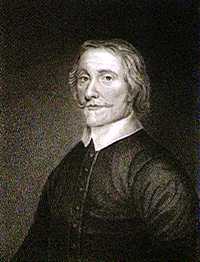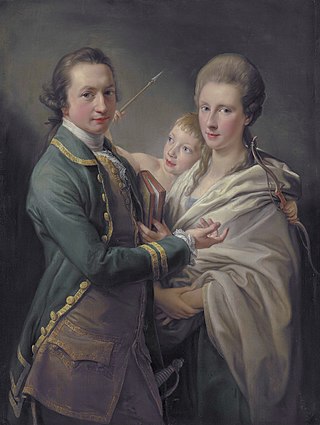| Earldom of Annesley | |
|---|---|
  Arms: Paly of six Argent and Azure, over all a Bend Gules. Crest: A Moor's Head couped at the shoulders in profile proper, wreathed about the temples Argent and Azure. Supporters: Dexter: a Roman Knight in armour Or, short sleeves and apron Azure, face arms and legs bare, the latter sandalled Or, on his head a Helmet (or Cap) Gold, on top thereof three Feathers Argent and Azure, in his exterior hand an Antique Shield proper. Sinister: A Moorish Prince in armour Or, short sleeves and apron Azure, face neck arms and legs proper, on the latter Boots Gold, behind him a Sheaf of Arrows proper, fastened by a Pink Ribbon, wreathed about the temples Argent and Azure, in his exterior hand a Bow proper. | |
| Creation date | 17 August 1789 |
| Created by | King George III |
| Peerage | Peerage of Ireland |
| First holder | Francis Annesley 2nd Viscount Glerawly |
| Present holder | Michael Annesley, 12th Earl Annesley |
| Heir apparent | Michael Annesley, Viscount Glerawly |
| Remainder to | the 1st Earl's heirs male of the body lawfully begotten, with special remainder, failing male heirs of his body, to his brother, Hon Richard Annesley, in like manner. |
| Subsidiary titles | Viscount Glerawly Baron Annesley |
| Status | Extant |
| Former seat(s) | Castlewellan Moorish Tower |
| Motto | VIRTUTIS AMORE (By love of virtue) |
Earl Annesley, [1] of Castlewellan [2] in the County of Down, is a title in the Peerage of Ireland. It was created on 17 August 1789 for Francis Annesley, 2nd Viscount Glerawly, with special remainder to his younger brother the Honourable Richard Annesley. [3] He had previously represented Downpatrick in the Irish House of Commons. The titles of Baron Annesley, of Castlewellan in the County of Down, and Viscount Glerawly, in the County of Fermanagh, were created in the Peerage of Ireland on 20 September 1758 and 14 November 1766 respectively for his father William Annesley, who sat as Member of the Irish Parliament for Midleton. Annesley was the sixth son of the Honourable Francis Annesley, fourth son of Francis Annesley, 1st Viscount Valentia.
Contents
The first Earl Annesley had several illegitimate children but no legitimate issue. He was succeeded (in the earldom according to the special remainder) by his younger brother, the second Earl. He had earlier represented seven different constituencies in the Irish Parliament and served as a Commissioner of Customs for Ireland. His eldest son, the third Earl, [4] sat in the British House of Commons as the representative for Downpatrick. On his death the titles passed to his eldest son, the fourth Earl. He sat as Conservative Member of Parliament for Great Grimsby and was an Irish representative peer in the House of Lords from 1857 to 1874.
He never married and was succeeded by his younger brother, the fifth Earl. He was a soldier and also represented County Cavan in Parliament as a Conservative. Between 1877 and 1908 he sat in the House of Lords as an Irish Representative Peer. His line of the family failed on the death of his only son, the sixth Earl, who was killed during the First World War. During his life in 1884 the Earl had a property named the 'Moorish tower' constructed, only for it to become ruin before a century later.[ citation needed ] The late Earl was succeeded by his first cousin, the seventh Earl. He was the son of the Hon. William Octavius Beresford Annesley, sixth son of the third Earl. This line of the family failed in 1957 on the death of his son, the eighth Earl. He was succeeded by his third cousin once removed, the ninth Earl. He was the great-great-grandson of the Hon. Robert Annesley, second son of the second Earl. As of 2014 [update] the titles are held by the ninth Earl's third son, the twelfth Earl, who succeeded his elder brother in 2011.












